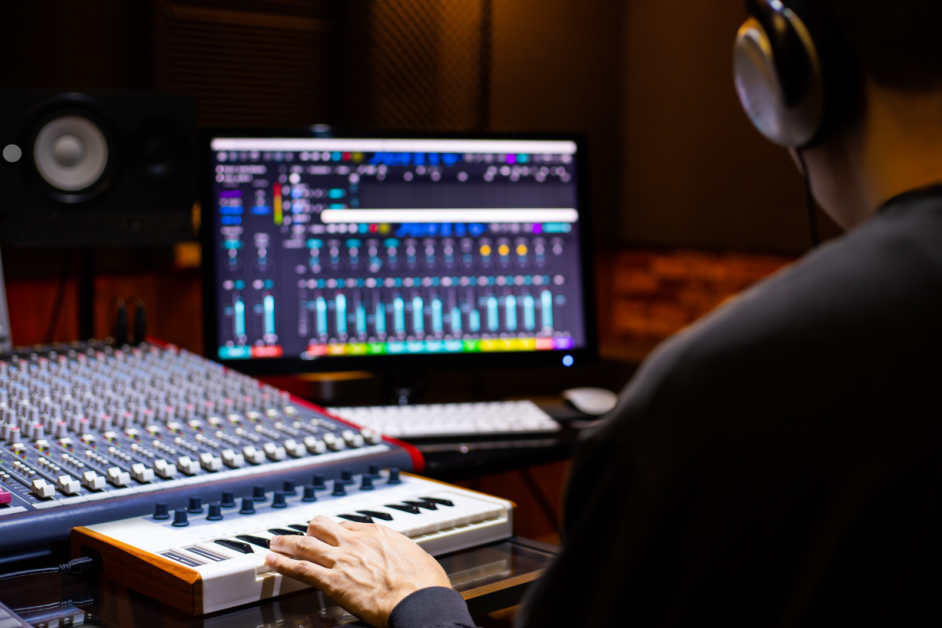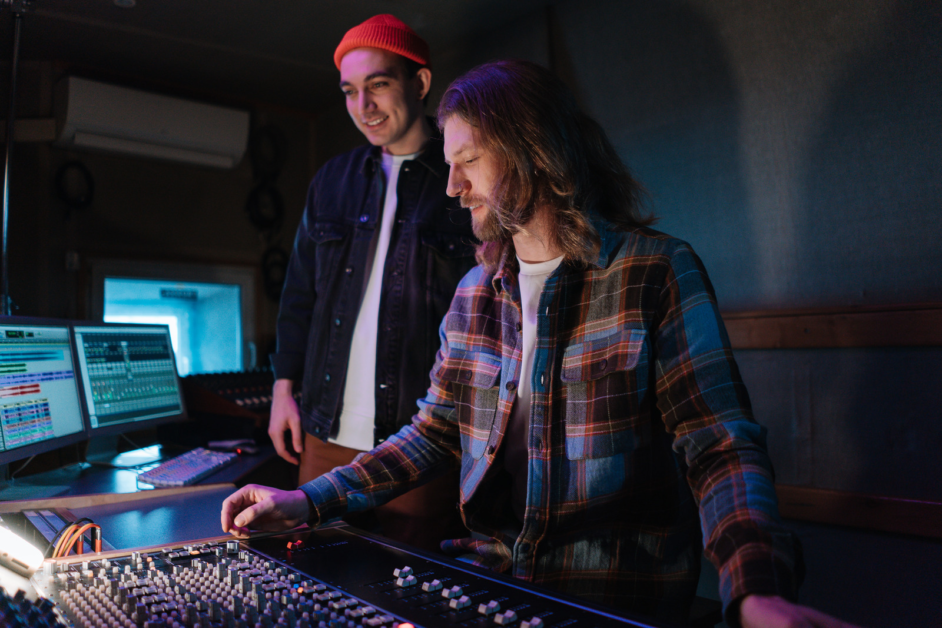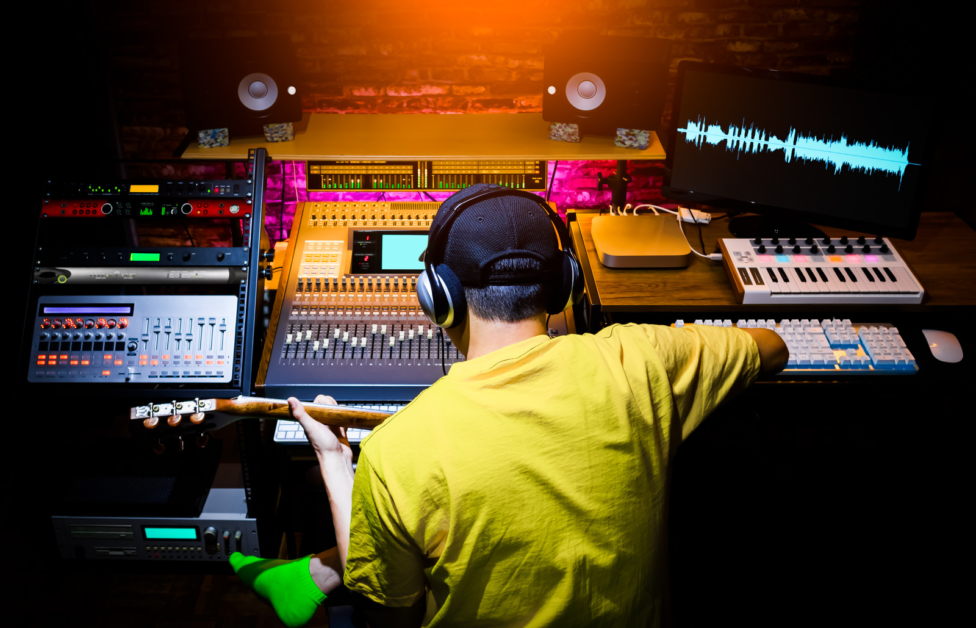If you’re into music production, chances are you’ve already tried tweaking knobs and experimenting with different effects. But if you want to take your tracks to the next level, there’s much more you can do.
Unison Audio provides top-notch tools and resources to help you explore advanced techniques for sound design. You can find a wide range of useful items that help your tracks to stand out. Click here to check out their offerings and get a boost in your music journey.
Advanced Sound Design Techniques: 7 Important Ones That Can Help Your Track to Stand Out

Sound design is a skill that can truly set your tracks apart from the competition. To do this effectively, you’ll need more than just basic skills. Advanced sound design techniques can help you craft sounds that are truly unique, giving your tracks a distinctive vibe.
- Layering and Tuning for Richer Sounds
Layering is a technique that involves stacking multiple sounds together to create something fresh. But it’s not just about throwing random elements together. It’s like building a sandwich where you need to choose your ingredients wisely.
Start with a solid base, like a foundational bass or lead, then add more sounds that complement it. Try to use contrasting textures to keep things interesting. Adjust the tuning of each layer so they play nicely together. Even subtle differences in pitch can breathe life into your track.
- Experimenting with Sound Modulation
Modulation may sound like a complicated concept, but it’s actually pretty simple once you get the hang of it. Picture it as adding a bit of spice to your sound. There are plenty of modulation options like LFOs (low-frequency oscillators) and envelope filters, which can change your sounds over time.
Use an LFO to add some movement to a synth or apply an envelope filter to a pluck to make it fade in or out. It’s all about making your sounds less static and more dynamic.
- Using Foley and Field Recordings
This technique adds a real-world touch to your tracks. Foley refers to sounds created in the studio to replicate everyday noises, while field recordings are actual audio recordings from your surroundings.
For instance, recording rain with a basic microphone and mixing it in the background of a chill beat can instantly change the mood. Just remember to keep these sounds subtle since overdoing them can distract from the main elements.
- Shaping Sounds with Granular Synthesis

Granular synthesis is a technique that breaks sound into tiny pieces or “grains” and then rearranges them. Think of it as taking a photograph, cutting it up, and reassembling it into a new image. You can completely transform samples using granular synthesis.
It’s a great way to create pads, ambiances, or even rhythmic effects. Start with a simple vocal chop or string sample, and tweak its settings to stretch, pitch, or manipulate the sound until you get something entirely new.
- Creative Use of Effects
Applying effects creatively can take your tracks to new places. Instead of using reverb or delay as background effects, bring them to the front! For example, if you have a simple melody, try sending it through a heavy delay to create a bouncing effect.
You can also crank up the reverb for an ambient breakdown. Distortion is another powerful tool as it can make soft sounds gritty and full of character. When used thoughtfully, effects can become the secret sauce of your track.
- Automating Parameters for Dynamic Changes
Automation is a must-learn trick. It lets you control changes in your track without manually adjusting settings.
Say you want the cutoff filter to open up over time to build tension—set up an automation curve, and let it do the work! You can automate almost anything: volume, pitch, effects, you name it. By automating parameters, you can make your track feel alive and evolving instead of flat.
- Exploring Different Genres for Inspiration
Sometimes stepping out of your comfort zone is the best way to grow. Listen to genres you wouldn’t normally go for, and you might find inspiration in unexpected places.
If you produce hip-hop, try listening to house music for new rhythms or effects ideas. If you’re into pop, dive into ambient tracks for fresh synth sounds. It’s about expanding your creative toolbox by drawing on a variety of influences.
Conclusion
Advanced sound design isn’t about fancy gear or complicated terms, it’s about exploring and pushing the boundaries of what your sounds can do. Layering, modulation, granular synthesis, and other techniques can add depth and personality to your tracks.
So, the next time you sit down to produce, try out one of these techniques. With some patience and creativity, you’ll start creating tracks that truly stand out. Happy producing!

Hi! I’m Bryan, and I’m a passionate & expert writer with more than five years of experience. I have written about various topics such as product descriptions, travel, cryptocurrencies, and online gaming in my writing journey.






